
Looking for quick privacy and lush greenery in your yard? Professionals reveal 9 favorite fast-growing shrubs
If fences and other structures aren’t your style but you still want quick privacy in your yard, fast-growing shrubs are the answer. Three nursery professionals share their top shrubs that quickly add lush greenery.
Ilpo Koivu: “Northern bush honeysuckle quickly brings lushness to a new yard”
Hardiness zone Ib


1. Isabella lilac

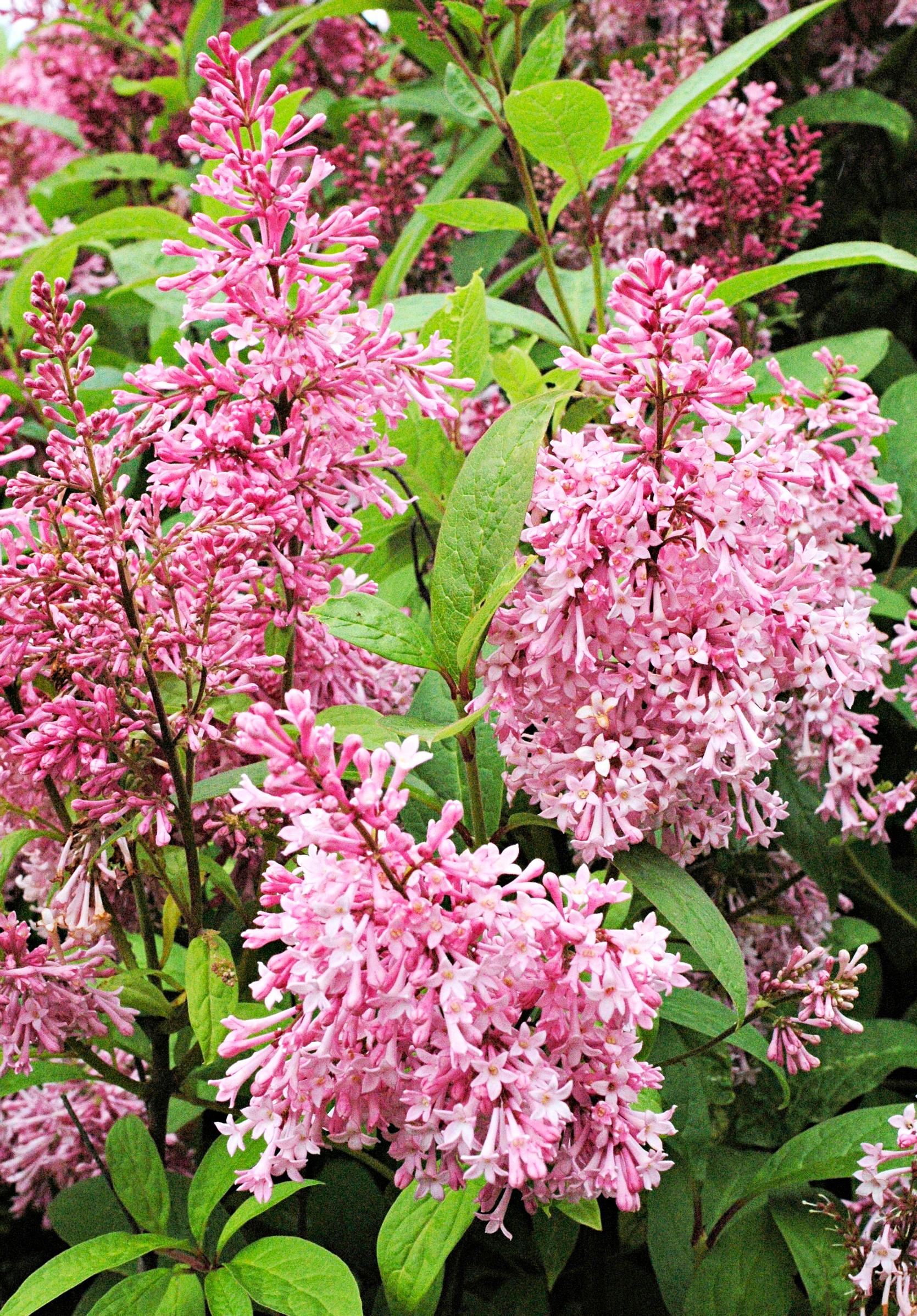
An Isabella lilac grows into a magnificent, large globe! Make sure it has enough room so this striking shrub, Syringa x prestoniae ‘James MacFarlane’, can truly shine. This shrub quickly brings lush greenery, shape, and privacy to a new yard. The variety is vigorous, large-leaved, and symmetrical.
Large pinkish-rose flowers appear in June. When you plant ‘James MacFarlane’ among other lilacs in a hedge or shrub grouping, you get a lovely pop of color. There really aren’t any pitfalls with this easy-care, healthy variety. Good companions might include a compact dwarf mountain pine or a shrub rose around a meter tall.
Light requirement: from full sun to partial shade
Height: 2–3 m
Bloom time: June
Hardiness zones: I–IV
2. Panicle hydrangea

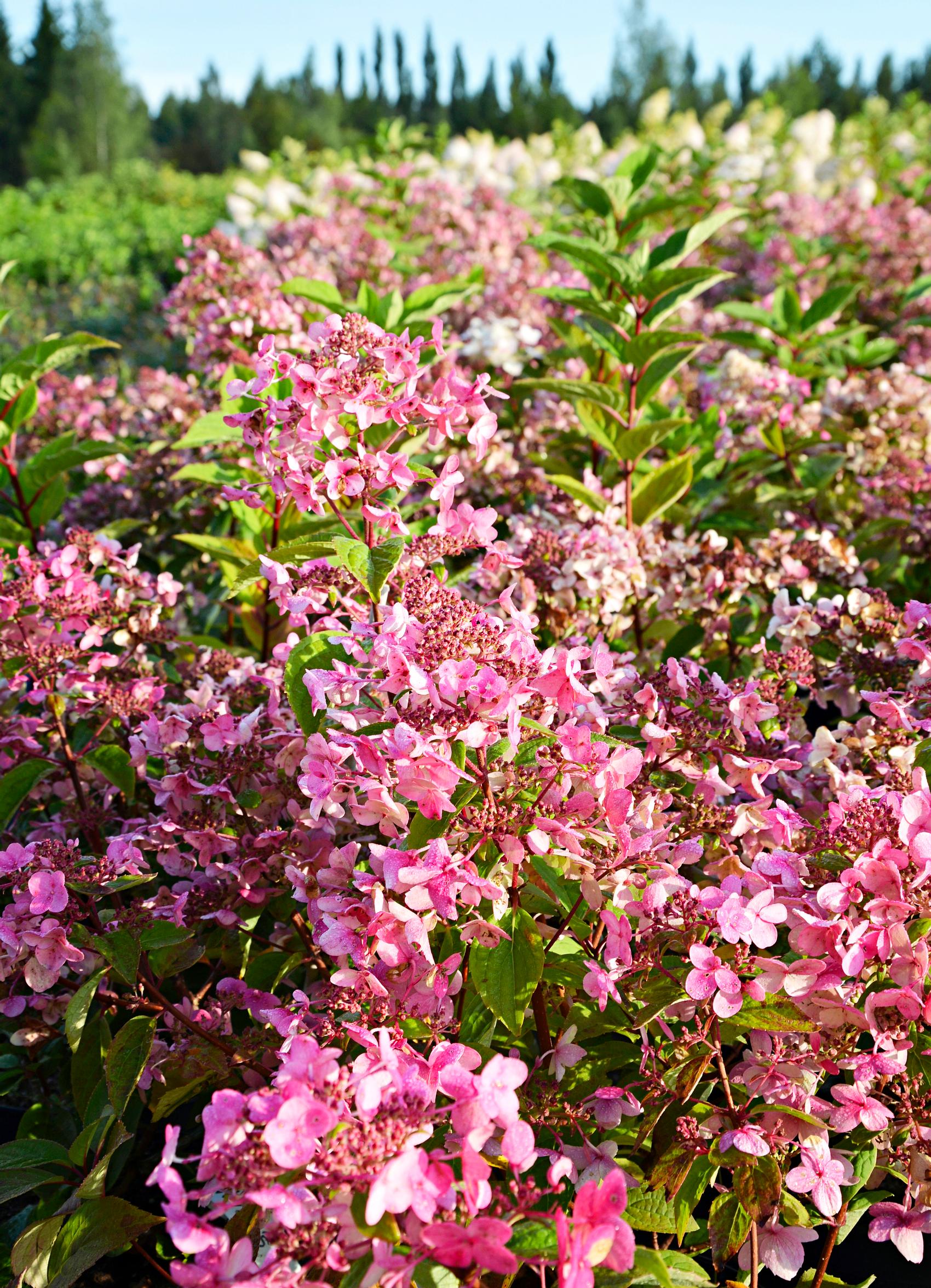
Panicle hydrangea ‘Wim’s Red’ makes a dramatic, lush addition to the yard. Its flower clusters shift from white to pale pink and finally deep burgundy. Prune it each spring so it stays dense and well-branched, and the blooms remain impressive. Leave a few bud pairs on last year’s stems, or cut back at least half the new growth.
This Hydrangea paniculata variety has sturdy stems that easily support the large flower heads. Low-growing conifers or earlier-flowering shrubs make good companions—try ‘Mint Julep’ juniper, savin juniper, birchleaf spirea, or rose spirea.
Light requirement: from full sun to partial shade
Height: 1.5–2 m
Bloom time: July–August
Hardiness zones: I–IV
3. Bush honeysuckle

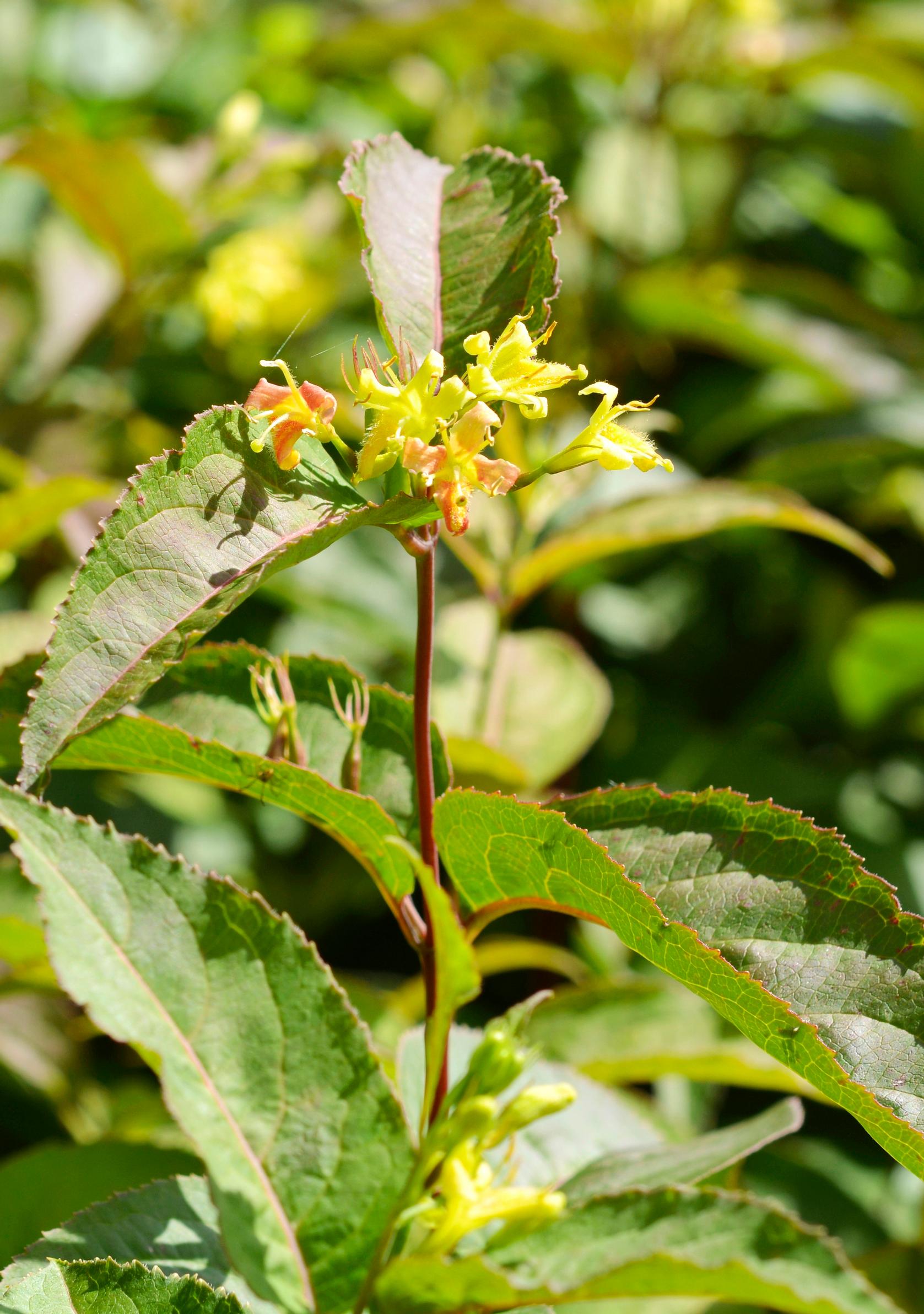
Bush honeysuckles deserve more space in yards. Yellow bush honeysuckle is believed to be the toughest of the bunch. Diervilla lonicera ‘Helo’ quickly brings lushness to a new yard, and its branches also work well as greenery in a vase. The name comes from its bright spring green color.
You can prune this shrub down in spring without worry, and within a few weeks new growth covers the ground. Other bush honeysuckles—like the trailing ‘Diva’ or the larger ‘Kodiak Black’—are great partners for ‘Helo.’
Light requirement: from full sun to partial shade
Height: 1 m
Bloom time: June–August
Hardiness zones: I–IV (V)
Marjaana Lepänjuuri: “Willows have been undervalued for no reason”
Hardiness zone II


4. Wayfaring tree

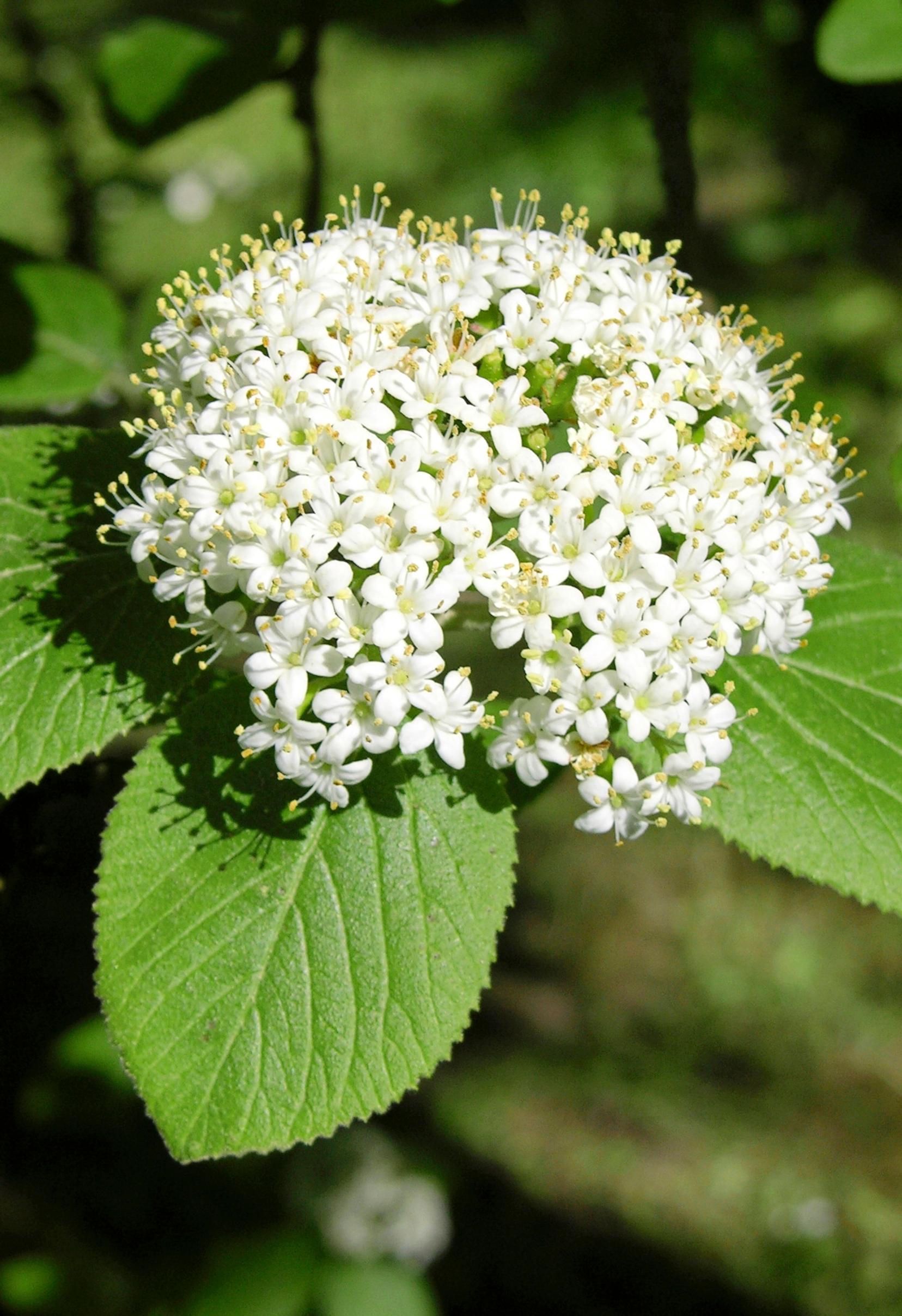
Wayfaring trees are seldom seen in yards, though I’d definitely use them more often. They remain pest-free, unlike their relative, the snowball viburnum, which is easily troubled by insects, especially in hot, sunny spots. Viburnum lantana defends your yard against noise and wind.
I’d plant it for hedges or as part of a protective shrub group, along with dogwoods or other large shrubs, and add creeping or groundcover willows or creeping currants at the base. Because the wayfaring tree grows big and lush, don’t plant it too close to a fence. I also wouldn’t put it right next to a seating area, terrace, or swing, as its impressive blossoms have a slightly unpleasant scent.
Light requirement: from full sun to partial shade
Height: 3 m
Bloom time: June
Hardiness zones: I–V
5. Willows

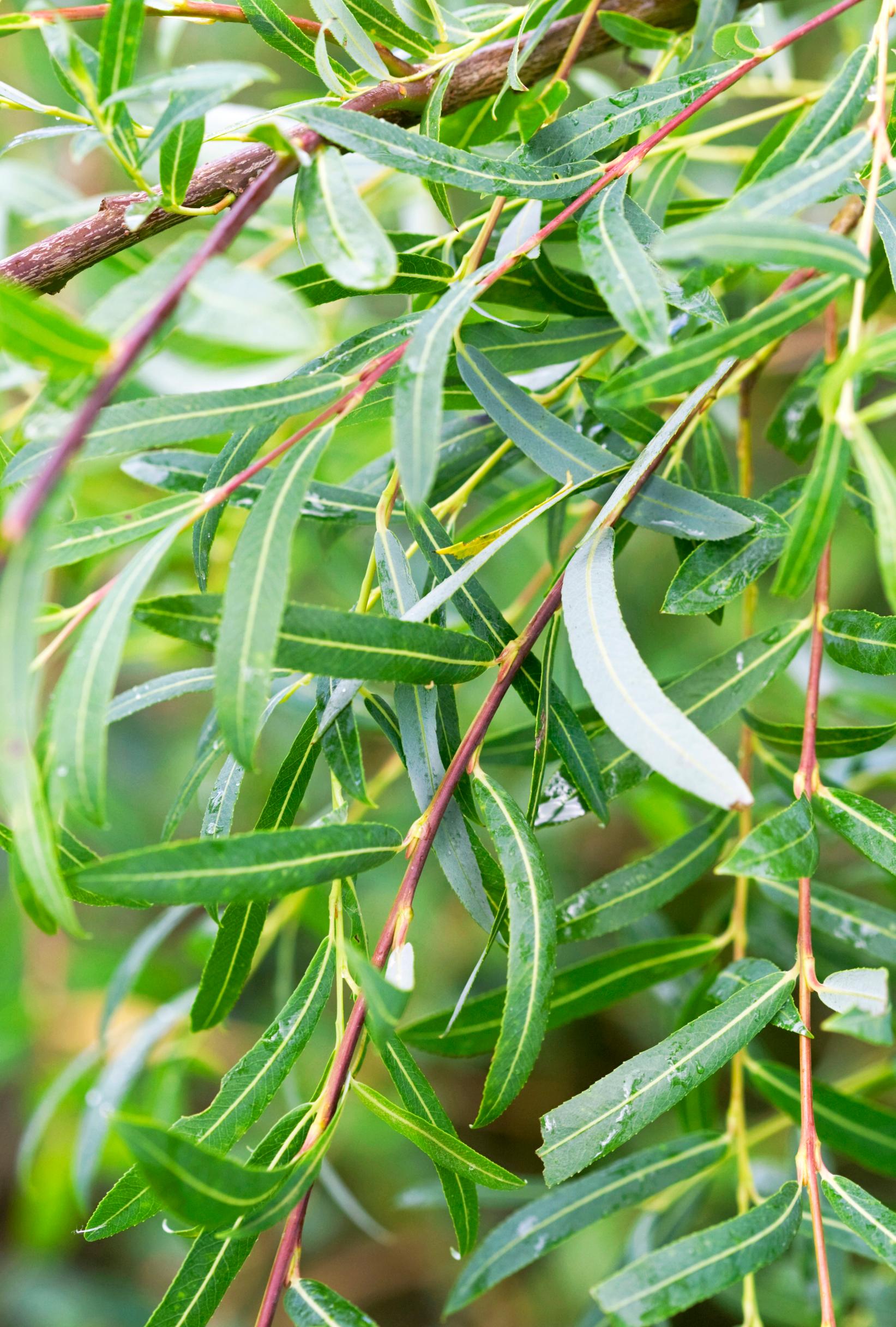
I feel willows are often underused. Many people picture tall willows in ditches, but there’s a broad range of species that work well in gardens. A big plus is that Salix species thrive in clay soil—ideal for many new lots that are developed on farmland.
Red osier willow (Salix purpurea) is a fairly large shielding shrub. It tolerates a range of growing conditions, even dryness, but favors loamy or clay soil. The plant regenerates quickly after pruning. There really aren’t any major pitfalls with red osier willow—it’s very easy to grow. A lovely, lower groundcover option is dwarf purple willow, staying about a meter tall.
Light requirement: from full sun to partial shade
Height: 1.5–2.5 m
Bloom time: May
Hardiness zones: I–V
6. Amur maple

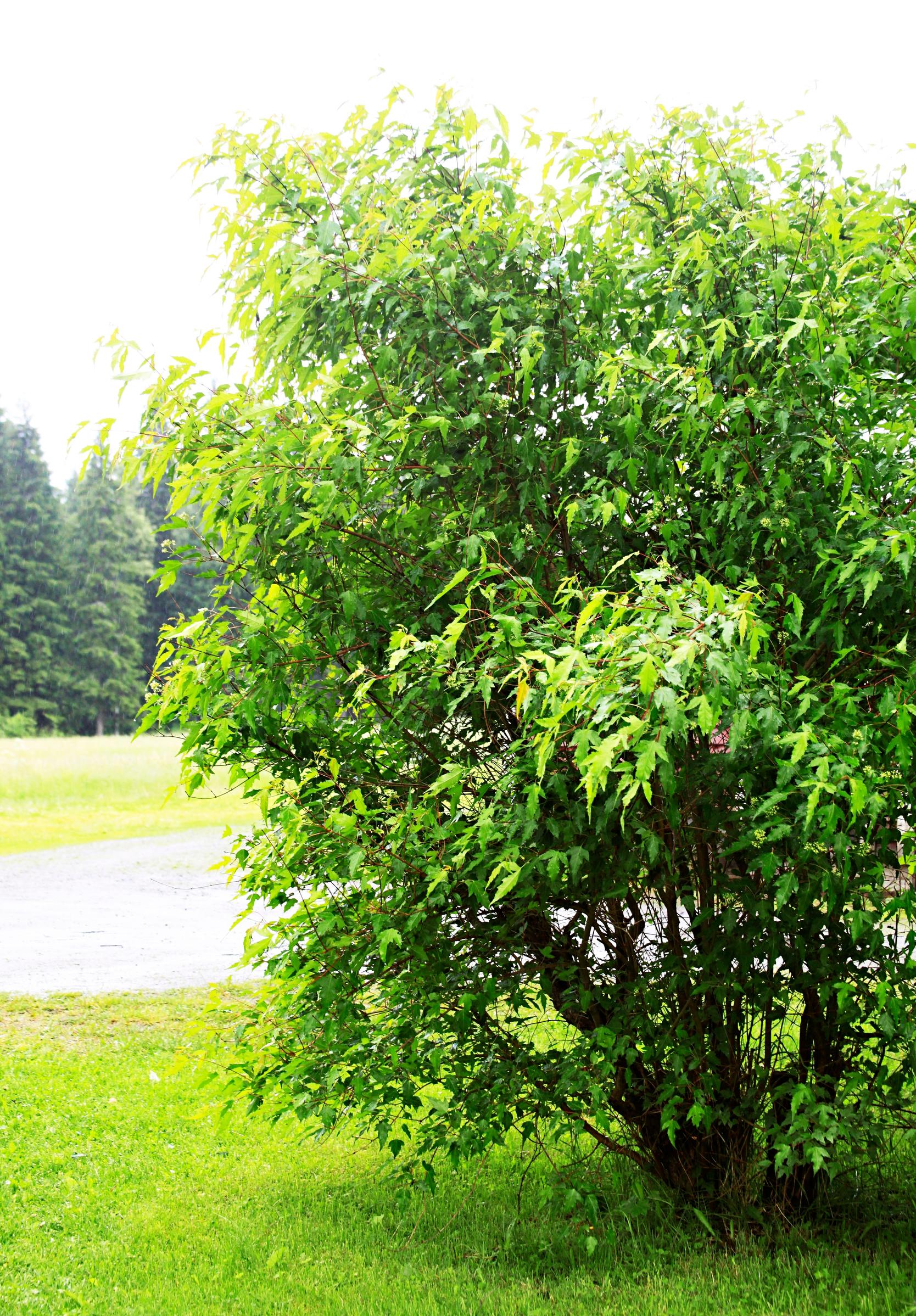
Amur maple is striking, and its vivid red fall color is especially beautiful in a sunny spot. As it ages, Acer tataricum subsp. ginnala can become a multi-stemmed shrub or a small tree. Garden centers often sell fairly large specimens, which are quite cost-effective considering their size.
Since Amur maple can release sap in spring, prune it either in late winter or in July or August. Only remove the oldest branches to refresh it. It doesn’t tolerate cold clay or standing water. Good companions at its base include Siberian cypress, skunk currant, spirea japonica ‘Little Princess,’ golden Japanese spirea, bigroot geranium, or Arctic bramble.
Light requirement: from full sun to partial shade
Height: 4–5 m
Hardiness zones: I–VI
Jonna Karlsson: “Flowering crabapple is as easy as can be”
Hardiness zone II/III


7. Dogwoods

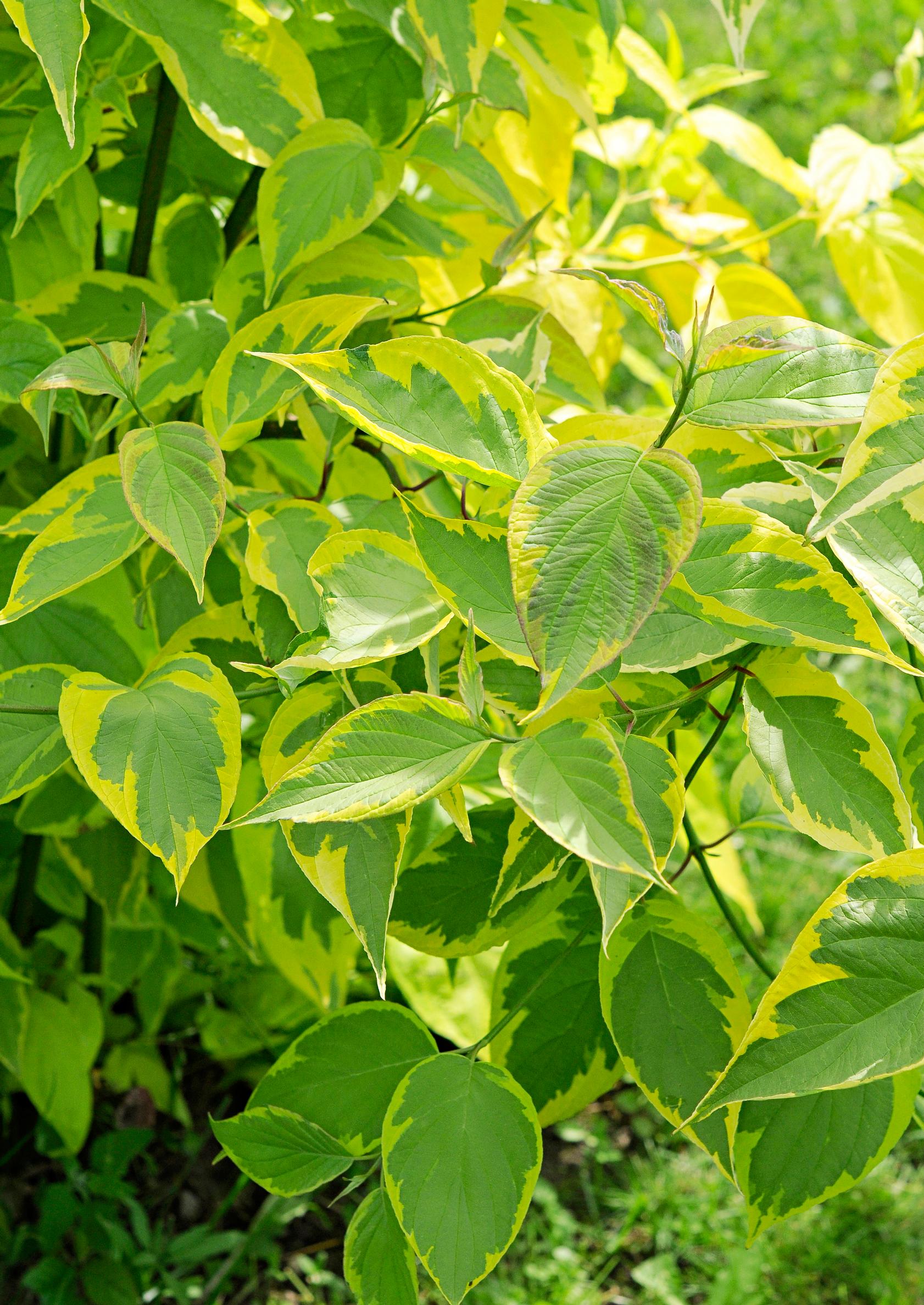
Large dogwoods are excellent shrubs for a big yard, for instance as a privacy screen along the property line. They grow wide and round, so you don’t need many to make your yard feel lush. They’re also budget-friendly—one plant can cover two or three meters. Ideally, the soil should be moist or at least fresh.
Shrub dogwoods Cornus alba can manage clay soil and shade. The yellow-variegated dogwood ‘Gouchaultii’ (pictured) can brighten darker spots or stand out among green foliage. Another favorite is the white-variegated dogwood ‘Elegantissima.’ If you prune out the oldest stems of coral dogwood regularly from the base, fresh new shoots will be even more vibrantly red.
Light requirement: from full sun to shade
Height: 2–3 m
Bloom time: June
Hardiness zones: I–IV (coral dogwood I–VI)
8. Flowering crabapple

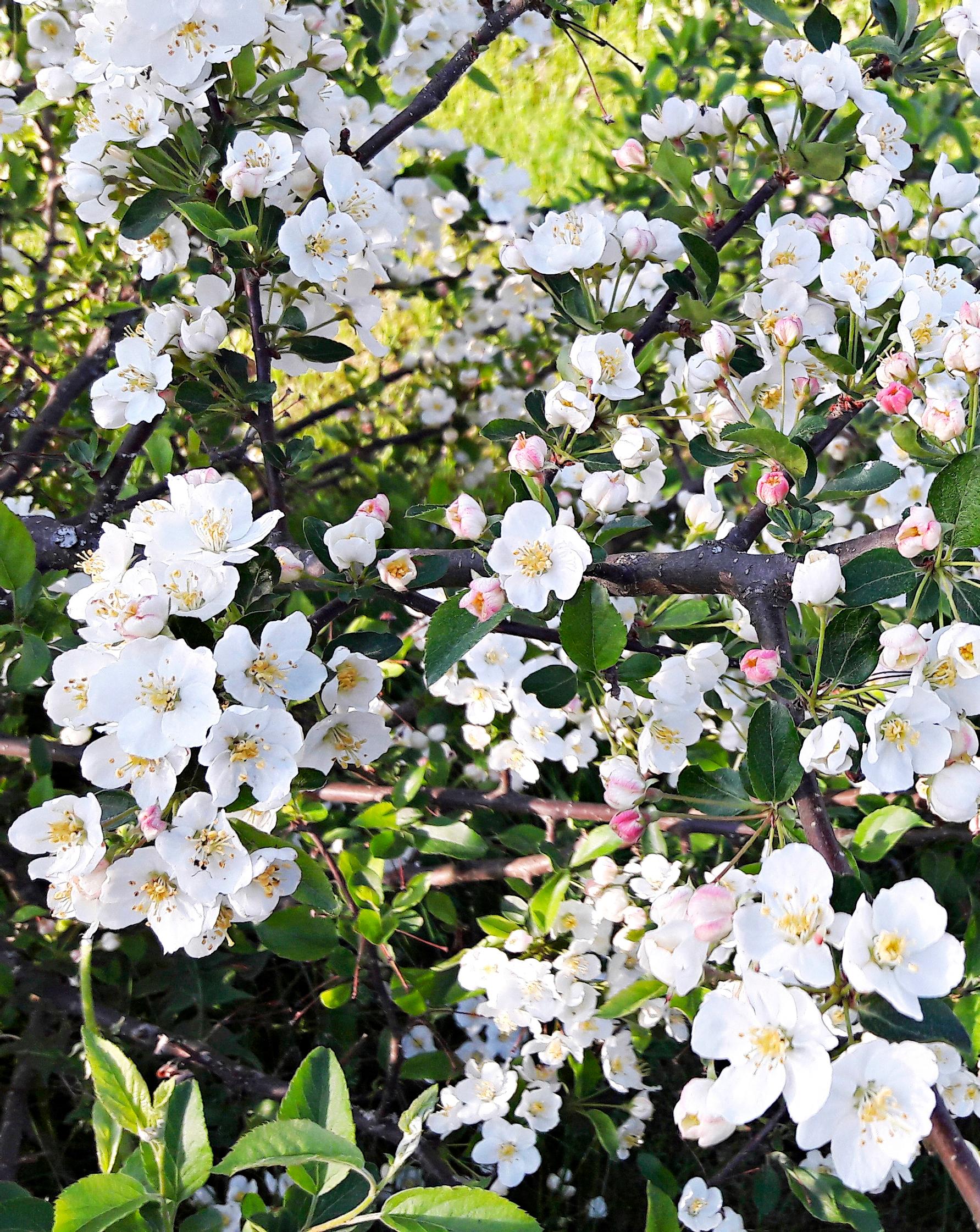
When I consider a shrub’s shape and flowers, the flowering crabapple (Malus toringo var. sargentii) is, in my opinion, the prettiest. It’s naturally round, dense, and well-formed, so it doesn’t require much pruning. It’s extremely easy to grow! Mine is in fairly clay-heavy soil. The plant can get fairly large but not huge, eventually broader than tall. It’s worth shielding it from rodents when it’s young, though I’ve noticed hares only nibble it a little.
Its flowering display is stunning: small red buds gradually open into white blossoms that blanket the shrub. Later in autumn, its little fruits last until the snow comes.
Light requirement: from full sun to partial shade
Height: 1.5–2.5 m
Bloom time: June
Hardiness zones: I–II (III)
9. Alpine currant

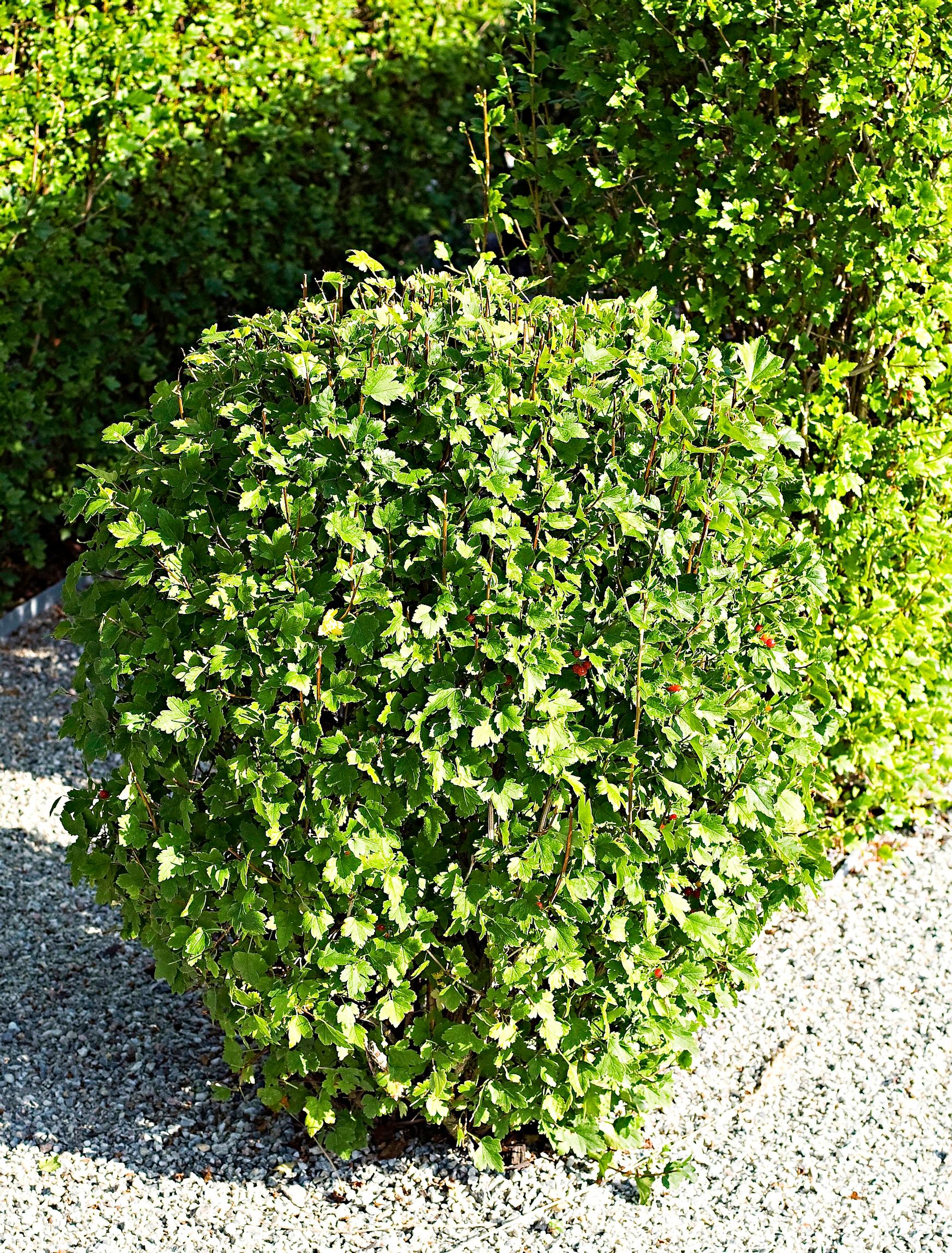
Alpine currant is often forgotten, perhaps because so many people seek showy blooms. It works well in a natural hedge, and if you want a trimmed hedge, it’s also perfect. I might even suggest it as a boxwood substitute. You can shape alpine currant however you like.
The glossy-leafed Ribes alpinum is among the first shrubs to leaf out in spring. It tolerates drought, sun, and shade alike—and handles a heavy snow load, thanks to its dense branching. Alpine currant is a great, lower windbreak option. I can’t think of another modest shrub that’s quite as reliable.
Light requirement: from full sun to shade
Height: 1–1.5 m
Bloom time: May
Hardiness zones: I–VII


